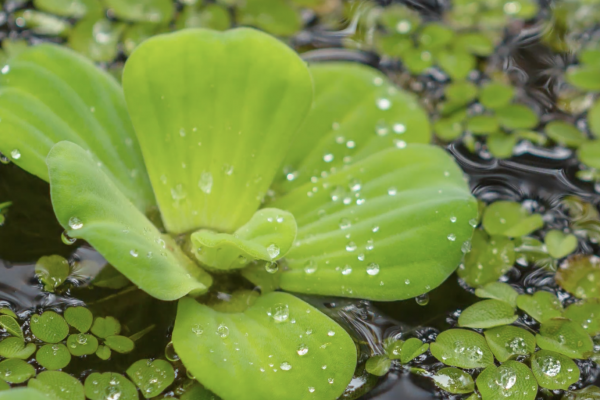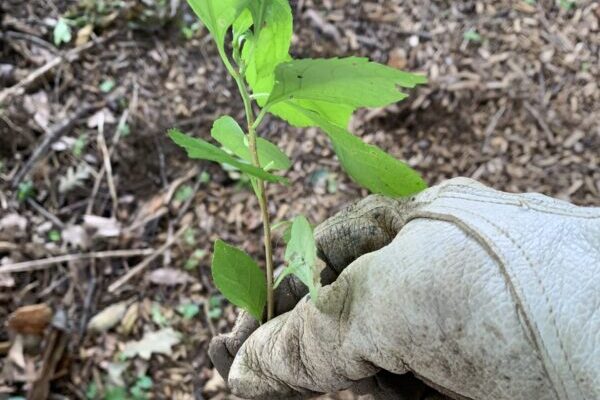Invasive Species
Invasive species are non-native species that have detrimental impact on ecosystems and native species. Both aquatic and terrestrial invasive species can be spread through innocuous actions or activities like boating, fishing, hiking, land development, or even the transport of firewood. There are also more direct actions that lead to the introduction of an invasive species such as releasing an aquarium pet into a waterway or lake.
No matter how they arrive, controlling and/or eradicating them is expensive and time-consuming.

Aquatic Invasive Species
Aquatic Invasive Species (AIS) are non-native species including fish, plants, reptiles, and even algae or pathogens that cause harm to the environment, the economy, and human or animal health. Preventing their spread is vital because they disrupt ecosystems, reduce biodiversity, and are expensive and difficult to control and remove.

Terrestrial Invasive Species
Pennsylvania Sea Grant outreach specialists and partners survey, identify and control terrestrial invasive plant species in habitats of concern in western Pennsylvania. Terrestrial invasive plants include trees, shrubs, vines, grasses and herbaceous plants.



